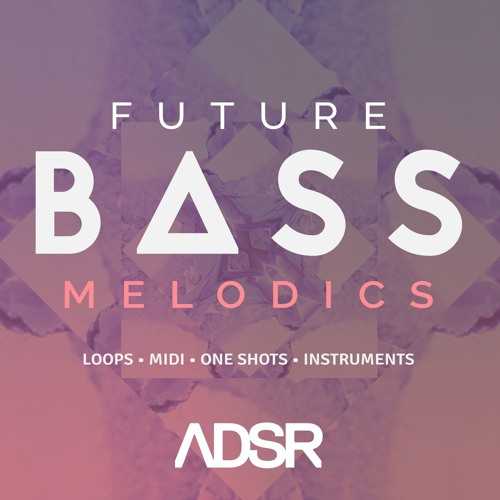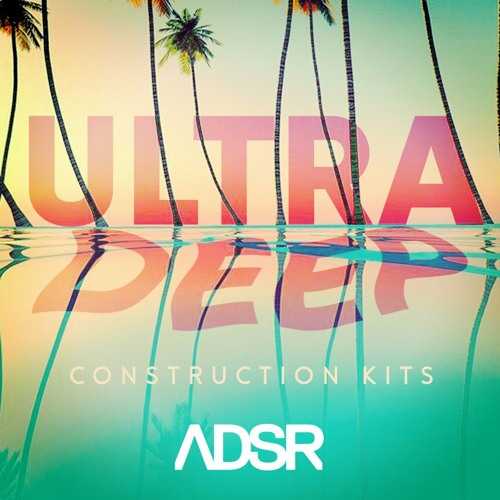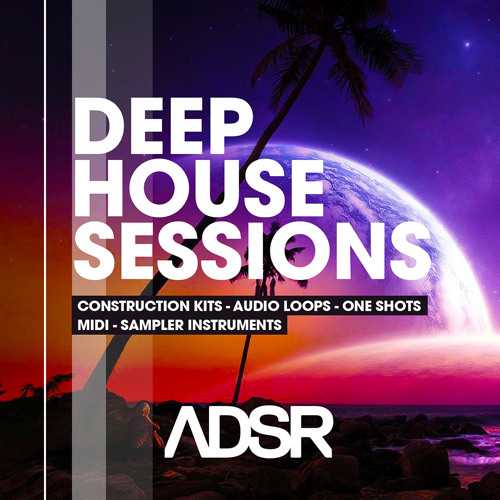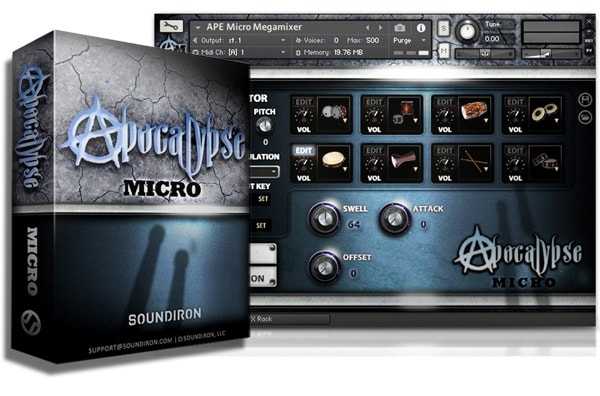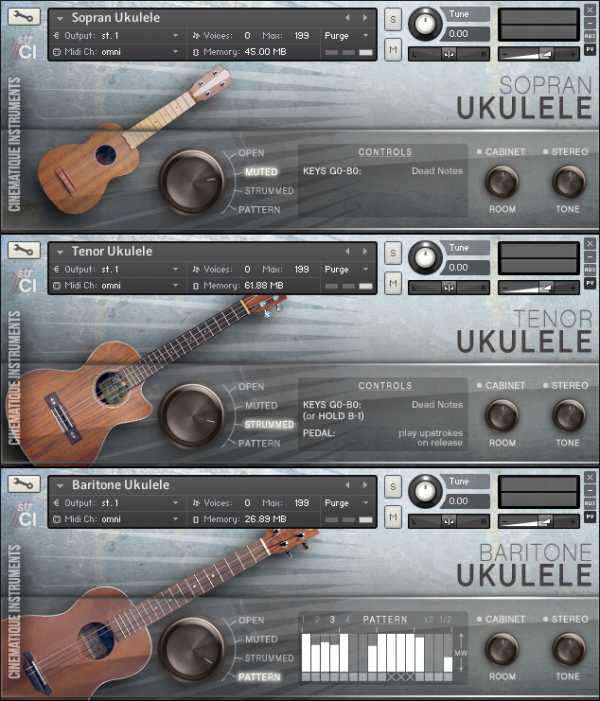West Coast G-House MULTiFORMAT
DiSCOVER | October 10 2016 | 656 MB
WAV / MiDi / Ni MASSiVE / SAMPLER iNSTRUMENTS PATCHES
It’s happening – soft, lovely melodies have been pushed out of the Production Studios to make way for an explosive marriage between House and Hip Hop on our latest release, West Coast G-House. Pulling out a slew of analog gear, this pack serves aggressive in your face basslines topped with rowdy vocals over solid jackin House beats – exactly what is needed to deliver the sounds of West Coast G-House. If your looking for sounds in the styles of Destructo, Shiba San, Thee Cool Cats and Amine Edge & Dance then you’re going to want to check out this pack.
Viewed 6404 By Music Producers & DJ´s.



